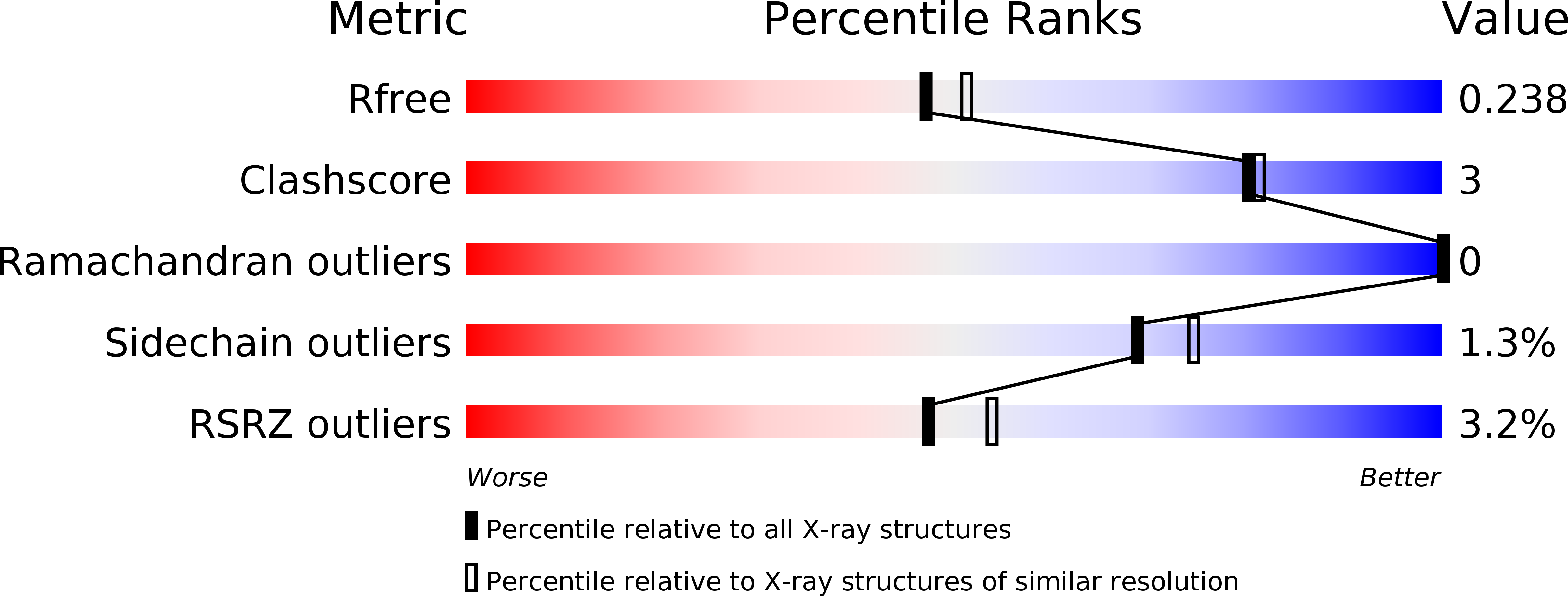
Deposition Date
2018-06-13
Release Date
2018-09-26
Last Version Date
2023-10-11
Entry Detail
PDB ID:
6DRT
Keywords:
Title:
Crystal structure of the processivity clamp GP45 complexed with recognition peptide of ligase from bacteriophage T4
Biological Source:
Source Organism:
Enterobacteria phage T4 (Taxon ID: 10665)
Host Organism:
Method Details:
Experimental Method:
Resolution:
2.12 Å
R-Value Free:
0.24
R-Value Work:
0.19
R-Value Observed:
0.20
Space Group:
P 21 21 21


